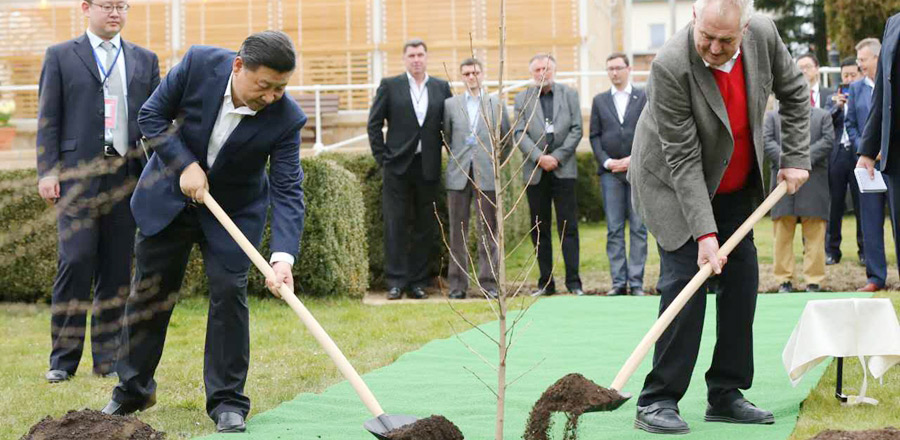
China will make Shanghai a comprehensive science center within three years by implementing systematic innovation reform, it was decided on Wednesday during an executive meeting of the State Council presided over by Premier Li Keqiang.
Additionally, new independent districts for innovation will be established in Central, East and Northeast China in an effort to boost innovation-driven development and supply-side economic reform.
The three regions involved are Henan province (Zhengzhou, Luoyang and Xinxiang), the Shandong Peninsula and Liaoning province (Shenyang and Dalian).
At the meeting, the State Council, China's Cabinet, decided that Shanghai will enjoy more flexible policies in research funding, the transfer of scientific research findings and collaboration between universities and local enterprises. Companies' innovation activities will also face fewer local government hurdles.
The municipality will also experiment with streamlining foreign investment procedures.

In 2014, 83.1 billion yuan ($12.82 billion) went toward research and development in Shanghai, accounting for 3.6 percent of its GDP. In May last year, the city approved a plan to establish itself as a technological innovation center.
Lin Lei, a researcher at the Center for Innovation and Development at the Chinese National Academy of Sciences, believes Shanghai was chosen because it has taken quick steps to welcome innovation talent and strong collaboration with overseas companies.
"The city carried out favorable policies to attract overseas talent years ago," Lin said.
Since 2009, China has set up 11 self-innovation demonstration areas, including the Zhongguancun technology hub in Beijing, which was the first such area.
Shi Yulong, a researcher of China's regional economy at the Academy of Microeconomic Research at the National Development and Research Center, said such policies are designed to boost industrial upgrading in central and northern China as part of the country's economic transition effort.
"China's east, central and west regions have faced a large economic gap due to the opening-up policy in the 1980s," Shi said. "Now a gap is emerging between the north and the south, as northern China faces bigger challenges in upgrading such industries as iron, steel and coal."
Shi believes the three regions chosen on Wednesday for innovation districts were selected due to their advantages in innovation infrastructure. Liaoning province, for example, has taken strides in robot research and sales.













